Nowruz
The Persian New Year
Nowruz in Iran marks the first day of Farvardin and the Iranian New Year. In the Gregorian calendar, Nowruz mostly occurs on March 20 or 21 and rarely on March 22 if it’s a leap year. This day in Iran and Afghanistan makes the New Year. UNESCO has registered Nowruz on its list of Intangible Cultural Heritage as a World Heritage in 2009. The International Day of Nowruz (21th March) became well-know for the world. The United Nations officially accepted the “International Day of Nowruz” in 2010 and Iran has 28 UNESCO sites as of September 2024.
More than 300 million people around the world, mostly in central Asia and IRAN, celebrate this day as the first day of the year and the New Year. Nowruz is officially a holiday celebrated in many countries such as Tajikistan, Russia, Turkmenistan, India, Pakistan, Kyrgyzstan, Syria, Iraq, Georgia, Azerbaijan, Albania, and Uzbekistan. Iranians have inherited this ancient celebration from different ethnic groups in the region; a celebration with special colors and fragrances, which has a Persian identity and symbolizes the unity of Iranians. Nowruz is known as the beginning of the revitalization of nature, the timing of its growth, and the emergence of plants. Also, they believe they have to start the first day of the year by being in good spirits and wearing new clothes.
The word NOWRUZ (Novruz, Navruz, Nooruz, Nevruz, Nauryz, Norooz, Nowrooz, Nowroz, Noruz, Novrooz, Novroz), means new day; its spelling and pronunciation may vary by country.
Nowruz customs and traditions in Iran
Chaharshanbe Suri (before Nowruz)
Nowruz is a collection of celebrations and events. Nowruz celebrations first begin with Chaharshanbe Suri. On the last Thursday of the year, Iranians visit the graves of their forebearers to spend some time with their deceased loved ones.
Khaneh Tekani (Spring cleaning)
The other tradition of Nowruz is Khaneh Tekani. Still many people and nations celebrating Nowruz still stick to this tradition. Spring cleaning begins on the eve of New Year to ensure furniture and furnishings are thoroughly cleaned and washed, if appropriate. This cleanliness is a symbol for cleansing people’s hearts to let them build a closer relationship with other people.
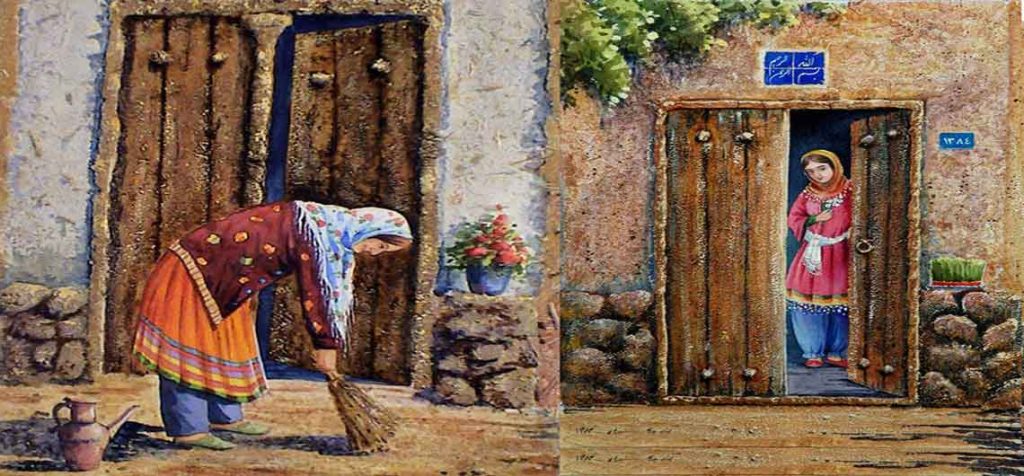
Arranging the Haft-Sin Table
Setting the Haft-Sin table is also a common tradition among Iranians. The items on this table are divided into two types. Symbolic elements whose names commence with the letter “س”; Seen”( س in Persian) which sounds ‘S‘ and is the fifteenth letter of the Persian alphabet. These items include sir (garlic), sekkeh (coins), samanu (sweet pudding made from wheat germ), sabzeh (wheatgrass grown in a dish), serkeh (Vinegar), seeb (apple), senjed (silverberry), and edible delicacies served for welcoming guests such as nuts, sweets, and fruits. Arranging a Haft-Sin table has its own customs, with other items such as the Quran, mirrors, candles, and water placed on the table. Colored eggs and fish can also be seen.
All members of the family gather around the Haft-Sin table in the last seconds before New Year. They read the Quran hoping that the new year brings them prosperity, fortune, and well-being.
Visiting Relatives
Gathering and chatting is another Iranian tradition. The younger relatives visit the elders who give Eydaneha, a gift (that is mostly money), to them. The first days of the New Year are an excellent opportunity to visit relatives and family members. Visits continue until Sizdah Be-dar, (the thirteenth day of the New Year).
Sizdah Be-dar (after Nowruz)
Sizdah Be-dar, also known as Nature’s Day is an Iranian festival. It is celebrated on the thirteenth day of the New Year (Farvardin 13th). On the morning of Farvardin 13th, most families head for the forests, mountains, and gardens around the city. They believe they should not stay at home because this day is ominous. Sizdah Be-dar is usually continued until sunrise.
If you are coming to Iran as a traveler to visit the main highlights of Iran or you would like to travel on the Iranian Classic Route during Iranian New Year, we advise you to have a look Iranian Calendar and Iran’s Busiest Traveling day. Also, there are a lot of good tips and advice in our post on Traveling In Nowruz, tips and advice in the Travel Blog of the website.
To learn more about NOWRUZ please check out NATIONAL GEOGRAPHY article about “How different countries celebrate Nowruz, the Persian New Year”

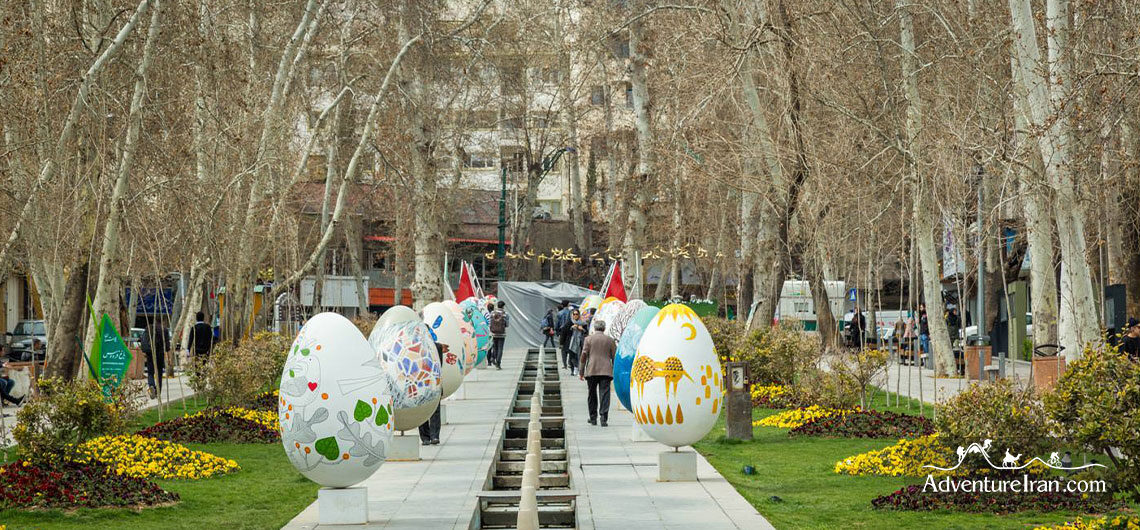
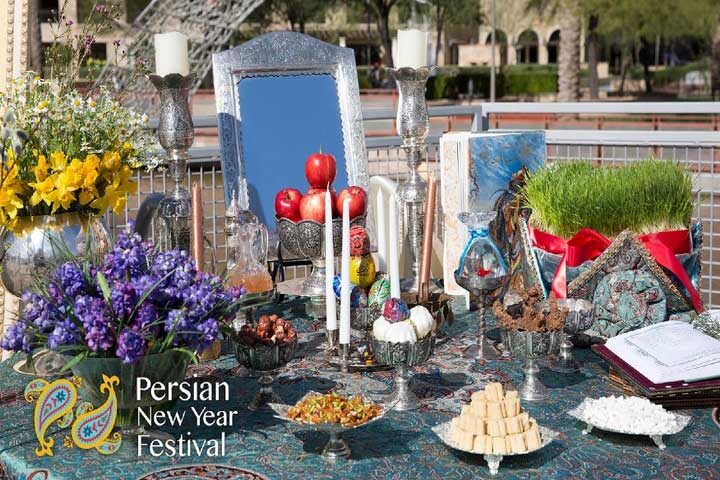
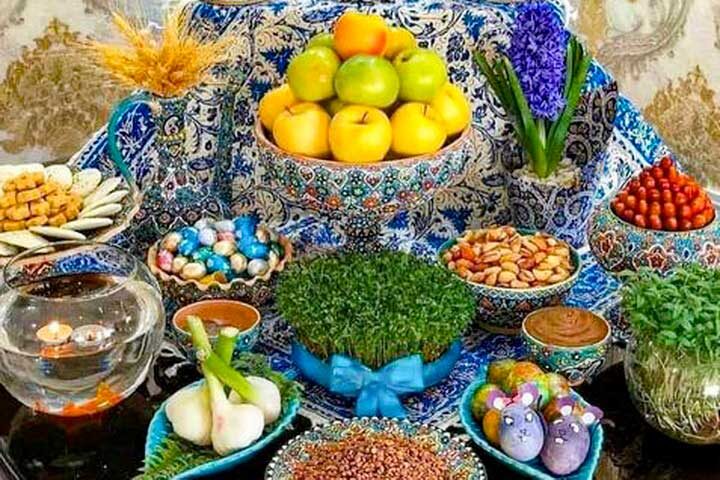
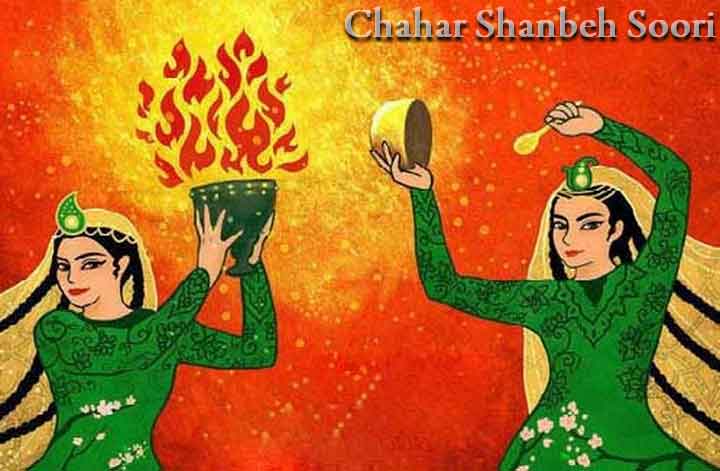
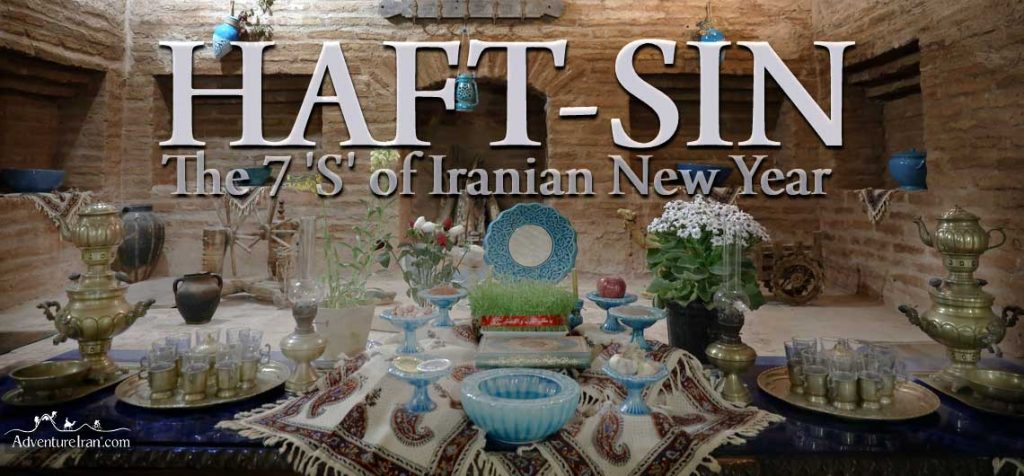
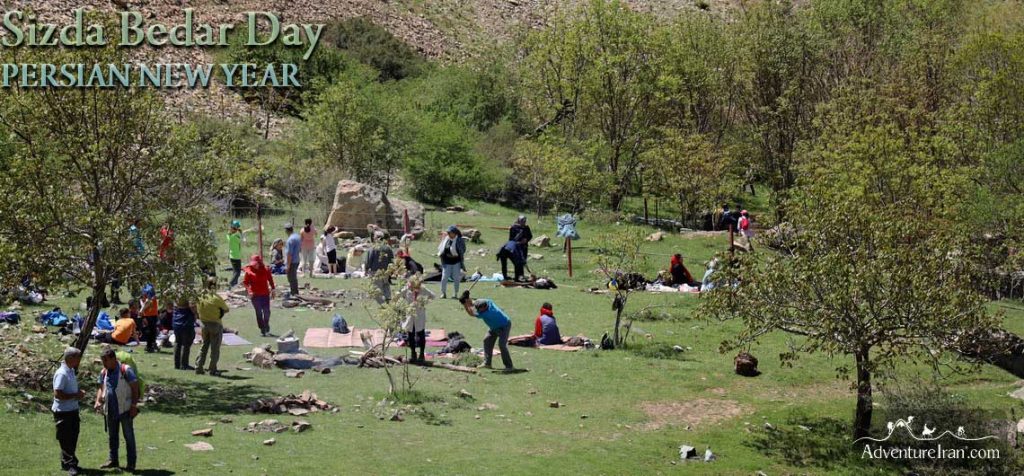
Comments